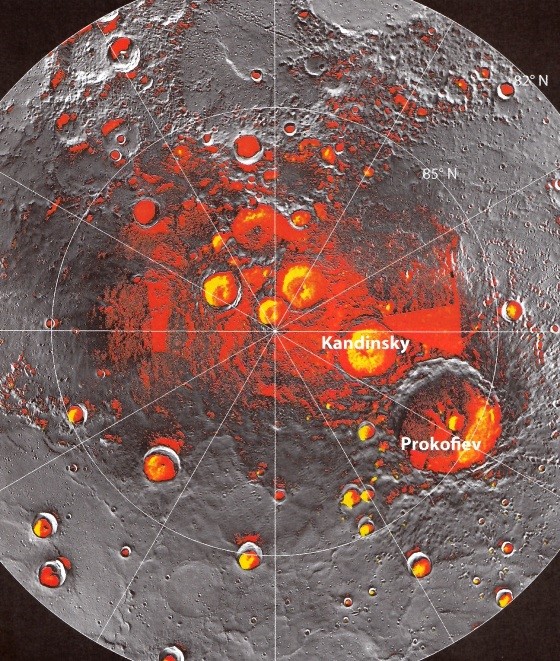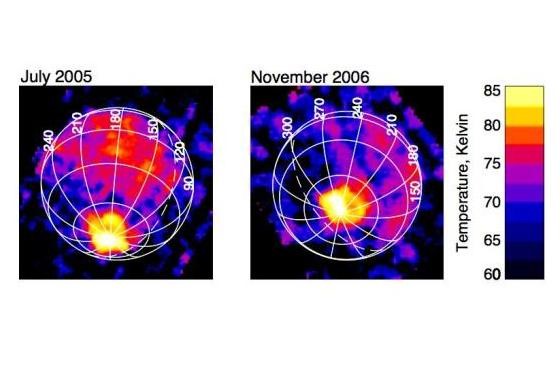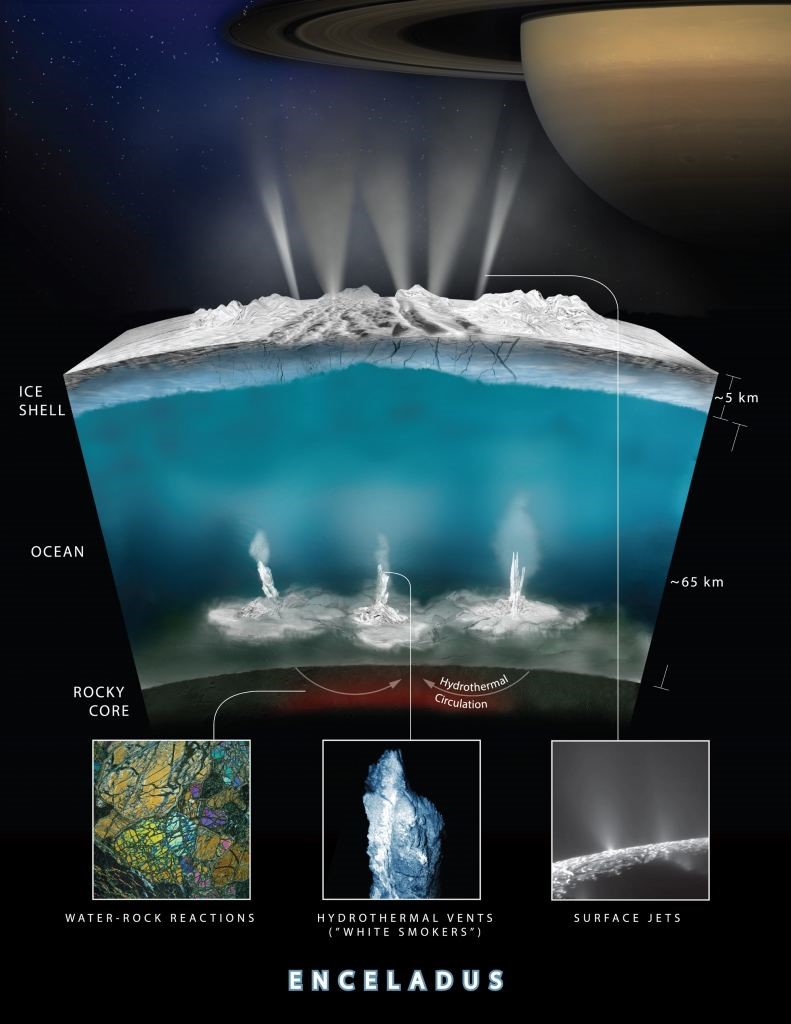One of the irreplaceable romantic goals of astronautics is the search for extraterrestrial life. Humanity is becoming more pragmatic, the resources and labor of engineers are becoming more expensive, and mistakes are becoming more painful (albeit less often) - but the dream of finding extraterrestrial life remains forever fresh, humanistic and Ephraim. Find at least bacteria.
Today I would like to touch upon this topic again, since when such a dream turns into a practical plane, the answer to the first question arises: where are we going to look for extraterrestrial life? So far, it seems rather obvious: where it is not hot, and where there is liquid water.
Indeed, we are actively looking for and find water on Mars and on the Moon , but we cannot say that the climate there is greenhouse. The Martian lakes are most likely a relic of the ancient hydrosphere , and the water on the Moon may be of interest to specialists of the domestic helium industry rather than exobiologists.
But there are places in the Solar System where there is really a lot of water. We are talking about the large moons of Jupiter and Saturn. In the suite of Jupiter, these are: Europa, Ganymede and Callisto, while Saturn's icy moon Enceladus is the most interesting. Not so long ago, fresh materials appeared on Habré about the physicochemical (or even one might say - ecological) conditions on Enceladus. Therefore, I believe that regardless of the potential habitability of large satellites in giant planets, it is worth talking about where the water comes from, why it is so warm there, and what the role of large satellites may be in future unmanned and possibly manned exploration of the solar system.
So, let's formulate what we know about water in the solar system.
In liquid form, water is present in large quantities on the Earth, which is in the habitable zone. In the rest of the solar system, water is present mainly in the form of ice, and water ice there is mixed with other simple compounds that are solid due to low temperatures. In particular, this is dry ice on Mars, methane snow on Pluto, ammonia ice on Ceres. It is ironic enough that in 2012 the existence of water ice was confirmed on Mercury - it is located in deep craters, where the sun's rays practically do not fall. This is what the north polar region of Mercury looks like - ice deposits are marked in yellow:

, , – . — , , … .
, – , , . – , , , . ( ) , . , .


?
- , . , , , , -, . . , « » , . « » «» - . , , . .
, – 3660 . , , . . 400 10 . , , , . 320 , . , , , -, , 650 .

, , . , « ». , , . , . , , . , – , – , . , ; , , , .
?
- ? , , . , « ». - , , , . - : . , ( , , «pebble», «») (), , (, , ), , . , - , .
, 2,7 , « » « ». , . , - , . , , «» — , 2018 ALMA , -168 , -150 .
2004 , «-». «» , , «» - , , , . , «», , ( «») – . 2005 2006 «», , :

, , , , -93 . , . 2009 . - , . , , «».
« , , , . , , , . , CDA ( , «-») , . , , , , . - CDA. . 1000 , E ( ). 1 1/10 , , . « », - , - « 6% ; 6% , , . , , ». , . - , , , , , . , . , , , . , , , . E ( 90%) , , . , . , .

, , , , 1) 2) . , , . , , , , ; 2012 «». , , , , . NASA «Europa Clipper», , 2022 . .
, , . NASA, 2011 . «» , , . 2016 , «» , 2021 – 42 , () , . . , 2015 ; , , , .
2022 «» . NASA , , , . , « » - . , «» .
, -, , . , , . , - : , : , , – , , , in Russia - as well as fixing and trying to explain exotic auroras on Ganymede. In any case, the reserves of pure water and real water ice will be very useful to us in the future when studying the solar system, regardless of whether there is life there. In the spirit of the time researcher Julie Rezban (Dr. Julie Rathbun) from the University of Ithaca, NY, has launched a hashtag #PlanetsAreOverrated ( «Planet overrated"), believing that "satellites much more interesting." I cannot but agree with her.